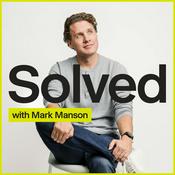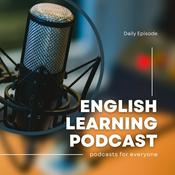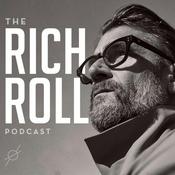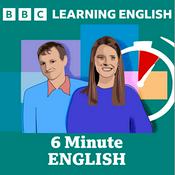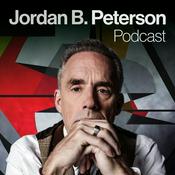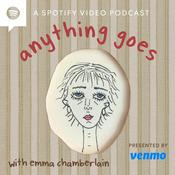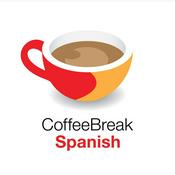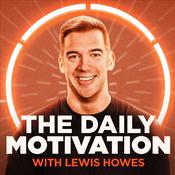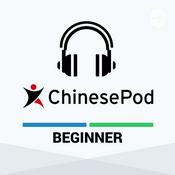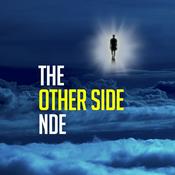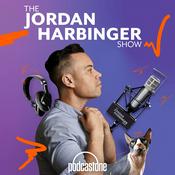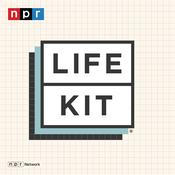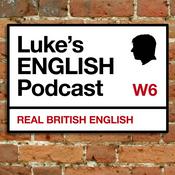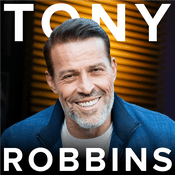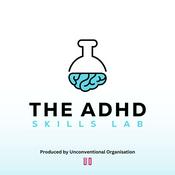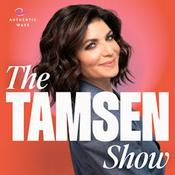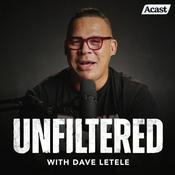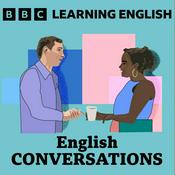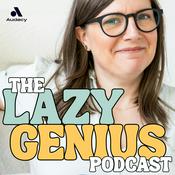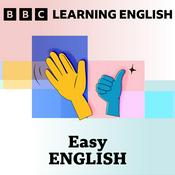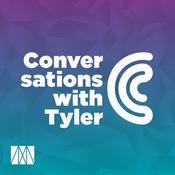Patient Empowerment Program: A Rare Disease Podcast
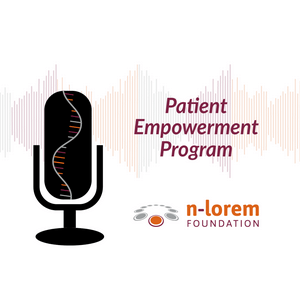
87 episodes

Best of the 2025 Nano-rare Patient Colloquium
17/12/2025 | 46 mins.
In this special Best Of episode, we revisit some of the powerful moments from the 2025 Nano-Rare Patient Colloquium—an extraordinary gathering that brought together more than 875 patients, family members, scientists, physicians, advocates, and industry leaders from around the world, both in person and virtually. This episode highlights moving patient stories, thought-provoking scientific conversations, and community-led discussions that reflect the momentum building across the nano-rare space. Together, these voices showcase the growing impact of personalized experimental medicines and the shared determination to turn possibility into progress. From inspiration to action, this Best Of captures the heart of the Colloquium—and the collective commitment to creating a brighter future for individuals and families living with nano-rare diseases. Recap page: https://www.nlorem.org/nano-rare-patient-colloquium-2025/ Colloquium YouTube Playlist (alternative to recap page): https://youtube.com/playlist?list=PLrDVyc3t26FxvnqoiApY_Qw1_weTAQ4MS&si=EWBvQ0ZdDH-Rq1mJ

Natacha Gassenbach of Biogen: 2025 Hero of n-Lorem
03/12/2025 | 24 mins.
A conversation with Natacha Gassenbach, 2025 Hero of n-Lorem and Biogen leader. She shares Biogen’s decision to become a founding donor of n-Lorem, the impact of the Nano-Rare Patient Colloquium. Natacha also explores “the movement for nano-rare” and a shared vision of tackling difficult challenges to drive meaningful change. Holiday Ornament: https://www.nlorem.org/holiday-ornament-fundraiser/ On this episode: 1:18 – Natacha introduction 3:00 – Biogen’s path to becoming a founding donor of n-Lorem and giving back to the community 4:57 – Why Natacha and Biogen invested in n-Lorem and convincing new individuals to buy into the mission 7:19 – Biogen has hosted the n-Lorem Nano-rare Patient Colloquium since 2023 9:40 – Biogen and n-Lorem share the connection of tackling difficult tasks to make a difference in the world 15:05 – A movement for nano-rare the possibilities it may bring 17:45 – Taking advantage of nano-rare learnings and implementing them into drug discovery for larger patient populations

Seeing with Grace: A Teen’s Journey with a Rare Vision-Affecting Disease
08/10/2025 | 48 mins.
Meet Grace Hoyt — a bright, witty high schooler with a passion for singing, art, and romantasy audiobooks. Grace also happens to live with a rare disease (FLVCR1) that has left her legally blind, unable to feel pain, and unsteady on her feet. On her 13th birthday, Grace received a first-of-its-kind ASO medicine designed by n-Lorem to preserve her remaining vision. Today, she can still read snippets of her beloved “book children” — the physical versions of her favorite audiobooks — and, importantly, recognize and assess her sometimes life-threatening skin infections, a skill that could save her life.

Sneak Peak of the 2025 Nano-rare Patient Colloquium
24/9/2025 | 36 mins.
As the 2025 Nano-rare Patient Colloquium approaches, we welcome back Transmitter Features Editor Brady Huggett to guest-host this episode of the Patient Empowerment Program podcast. Brady sits down with n-Lorem founder and CEO, Dr. Stan Crooke, to reflect onto reflect on the strides made over the past year—insights that will help shape the discussions at this year’s Colloquium. On This Episode We Discuss: 2:10 How n-Lorem decides to give a medicine specifically designed for one person to another individual 8:10 n-Lorem built systems to be able to treat more than one patient with a single drug 11:08 n-Lorem creates medicines for nano-rare genetically caused forms of ALS 15:14 New suggestions about the plasticity of the central nervous system and the future of medicine 19:40 Why science isn’t in a good place and will experience lasting repercussions 25:00 The Colloquium will focus on what we’ve learned at n-Lorem and what was once thought to be impossible is possible 27:34 An update on the quantity of INDs filed and patients treated with an n-Lorem ASO 28:80 The benefits of implementing whole genome sequencing (WGS) at birth 30:37 What surprises have emerged throughout the organizational journey of n-Lorem NRPC25 registration: https://www.nlorem.org/nano-rare-patient-colloquium-2025/ Sponsors ChemGenes: https://www.chemgenes.com/ Honegene: https://www.hongene.com/en

A Conversation with the 2025 Heroes of n-Lorem
10/9/2025 | 46 mins.
The ‘Hero of n-Lorem’ Award is a recognition given to an individual volunteer or organization that has made substantial contributions to n-Lorem and our nano-rare patients. This honor recognizes our ‘unsung heroes’, those who have gone the extra mile, taken time away from their schedules and families and leveraged their expertise and contacts to support n-Lorem’s mission to provide hope and potential help to nano-rare patients. On this episode of the Patient Empowerment Program podcast, we welcome three of our five 2025 Heroes for a conversation about their inspiration to take action: - Wendy Erler, Senior Vice President, Patient Affairs, Sarepta Therapeutics - Richard S. Geary, Ph.D., Chief Development Officer, Executive Vice President of Development, Ionis Pharmaceuticals - Scott Henry, Ph.D., DABT, SVP, Nonclinical Development, Ionis Pharmaceuticals Sponsors: ChemGenes Hongene Biotech NRPC25: https://www.nlorem.org/nano-rare-patient-colloquium-2025/
More Education podcasts
Trending Education podcasts
About Patient Empowerment Program: A Rare Disease Podcast
Listen to Patient Empowerment Program: A Rare Disease Podcast, Begin Again with Davina McCall and many other podcasts from around the world with the radio.net app

Get the free radio.net app
- Stations and podcasts to bookmark
- Stream via Wi-Fi or Bluetooth
- Supports Carplay & Android Auto
- Many other app features
Get the free radio.net app
- Stations and podcasts to bookmark
- Stream via Wi-Fi or Bluetooth
- Supports Carplay & Android Auto
- Many other app features


Patient Empowerment Program: A Rare Disease Podcast
download the app,
start listening.



